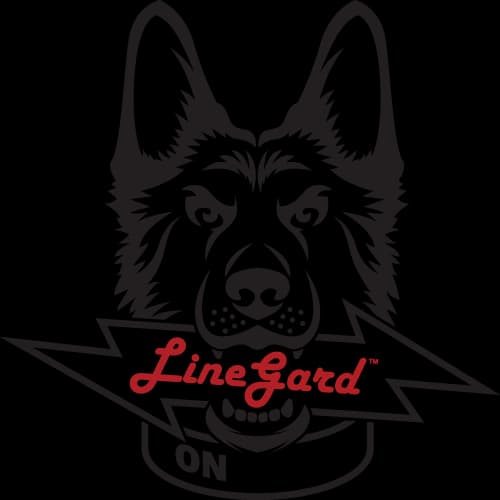NEC Code Application: 210.8
NEC Article 210.8 has multiple subsets that capture a wide range of industries for its guidelines on ground fault protection. Learn more about the Codes scope.
What is NEC 210.8?
National Electrical Code (NEC) Article 210.8 has a variety of relevant subsets and captures a wide range of industries for its guidelines regarding electrical safety in each of these areas. We are going to take a closer look at each of these subsets, where they apply, and how NSS may be able to assist you in meeting these requirements. NEC Article 210.8 (A): Subset A of NEC article 210.8 relates to all the areas in a dwelling (home) that require GFCI protection for 125-volt as well as 250-volt receptacles. This includes; kitchens, bathrooms, garages, basements, outdoors, boathouses, and laundry areas. This code was put into place to protect homeowners from encountering electrical shock hazards in wet environments in their homes. The best form of protection is through installing a GFCI within 6ft of running water regarding appliances they can come into contact with within their dwelling.
NEC Article 210.8(A)
Subset A of NEC Article 210.8 relates to all the areas in a dwelling (home) that require GFCI protection for 125-volt as well as 250-volt receptacles. This includes; kitchens, bathrooms, garages, basements, outdoors, boathouses, and laundry areas. This code was put into place to protect homeowners from encountering electrical shock hazards in wet environments in their homes. The best form of protection is through installing a GFCI outlet within 6ft of running water for all appliances they can come into contact with inside a dwelling.
NEC Article 210.8(B)
Subset B of NEC Article 210.8 relates to non-dwelling (x. workplaces) areas that require GFCI protection. It has a larger range of electrical protection involved, including 125-volt and 250-volt receptacles supplied by single-phase branch circuits up to 50 Amps, and all receptacles supplied by three phase branch circuits supplying up to 100 Amps. There are numerous areas that require UL Listed GFCI protection (at or below the mentioned electrical configurations mentioned before), including; commercial kitchens, areas w/ sinks (involving food/beverage prep), buffet serving areas, bathrooms, sinks (where a receptacle or plug-in stationary appliance is located), rooftops, outdoors, indoor damp/wet locations, locker rooms, garages (accessory buildings, services bays & similar areas), aquariums (or similar open aquatic vessels/containers), and laundry areas. The updates to this Code (in 2020, with 2023 having similar language) have created a more demanding regiment of GFCI protection, especially in commercial kitchen environments with more language being added specifying where Class A protection is needed.
NEC Article 210.8(D)
Subset D of NEC Article 210.8 relates to the specific appliances that require Class A GFCI protection on their respective supply outlets, up to 60 Amps, for single or 3-phase applications. This Article further reinforces NEC article 422.5(A), where it names 12 types of applications that require Class A protection to be an integral part of the appliances operation. These 12 applications include; vending machines, dishwashers, automotive vacuum machines, drinking watercoolers/bottle fill stations, pressure washers, tire inflation machines, electric ranges, sump pumps, wall-mounted ovens, microwave ovens, counter-mounted cooking units, and clothes dryers.
NEC Article 210.8(F)
Subset F of NEC Article 210.8, which was a new addition to the 2020 code, relates to outdoor outlets of dwellings. This is where definitions start to get blurred, because outlets, according to NEC definition, are any point in a wiring system where the current is taken to supply equipment. So, this means that outdoor hardwired appliances (x. HVAC systems) require Class A GFCI protection. However, this Code has been amended during the 2020 code timeframe, specifically for HVAC equipment until 2026, because HVAC systems need to be updated to make sure that their systems can function properly with GFCI integration. In 2023 the language expanded to include garages, accessory buildings, and boathouses.
What does this Code mean?
The main takeaway from this specific NEC Article is that you need Class A GFCI protection in most (if not all) areas of your home as well as in any workplace area that involves running water. It denotes the specific circuits that require protection as well as what appliances need that same protection. While you can find most of the 15-20 Amp GFCI’s for your home in receptacle outlet form, North Shore Safety can provide you with Class A GFCI products from 15-60 Amps single and three-phase to adhere to NEC Article 210.8 code requirements for your place of work, as well as at home (such as extension cord with added protection).
